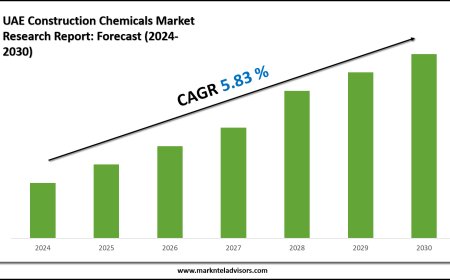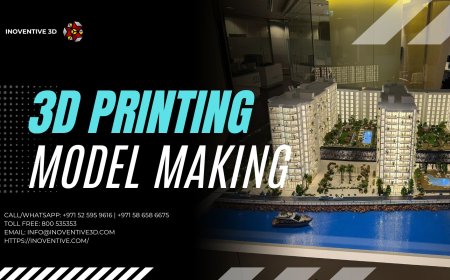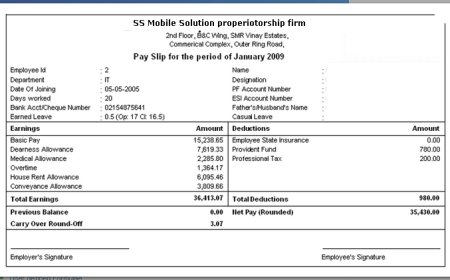Essential Principles of Effective Marketing Design
Explore the essential principles of effective marketing design that boost brand visibility, enhance user engagement, and drive higher conversions across all platforms.

Marketing design plays a crucial role in shaping how consumers perceive your brand. It's not just about aesthetics; effective marketing design drives conversions, communicates your message clearly, and enhances your brand identity. Whether you're designing for social media, websites, or email campaigns, applying the essential principles of effective marketing design can make the difference between being ignored and being remembered.
Essential Principles of Effective Marketing Design
Essential principles of effective marketing design focus on clarity, consistency, and compelling visuals that drive user engagement. These principles help communicate your brand message and boost conversion rates across platforms.
Visual Hierarchy and Layout
Establishing a visual hierarchy ensures your audience knows where to look first. It guides the viewer's eye to the most important information: like headlines, CTAs (Calls-To-Action), or product images. Learn more about the fundamentals of marketing design to create visuals that truly convert.
Best Practices:
-
Use larger, bold fonts for headings
-
Apply color contrast for emphasis
-
Position key elements using the F-pattern or Z-pattern layouts
Consistent Branding
Maintaining consistent brand identity design helps users recognize your brand instantly across all platforms. It builds familiarity and strengthens brand trust.
Tips for Brand Consistency:
-
Use the same logo, colors, and fonts
-
Maintain tone and voice in copy
-
Align visual style with your brand guide
Typography and Readability
Typography should enhance and not hinder your message. Easy-to-read fonts ensure your content is accessible on all devices and platforms.
Best Practices:
-
Choose no more than 23 fonts
-
Maintain proper spacing and line height
-
Use bold fonts for emphasis, but sparingly
Use of Color Psychology
Colors evoke emotions and play a major role in how your audience perceives your brand. Strategic use of color psychology in design can influence user behavior.
Examples:
-
Red for urgency or passion (e.g., sales promotions)
-
Blue for trust and professionalism (e.g., finance, tech)
-
Green for nature and growth (e.g., eco brands)
Design for Conversions
Designing for conversions in marketing creating visuals that guide users toward a specific action, such as making a purchase or signing up. This involves using strong CTAs, persuasive messaging, and strategic placement of elements. A conversion-focused design enhances user experience while achieving marketing goals.
Clear Call-To-Actions (CTAs)
Every marketing design should lead the user toward an action: whether it's buying a product, signing up, or clicking a link.
Effective CTA Design Tips:
-
Use high-contrast buttons
-
Keep messaging short and action-oriented (e.g., Buy Now, Get Started)
-
Place CTAs above the fold when possible
Focus on Benefits, Not Just Features
Great marketing design highlights how a product or service solves a problem. Visuals should focus on user value and benefits, not just product specs.
Example:
Instead of showing a tech gadgets specs, show how it simplifies everyday life through imagery.
Design with Platform in Mind
Different platforms have different dimensions, user behaviors, and content formats. A one-size-fits-all approach doesnt work in marketing design.
Examples:
-
Social Media Graphics: Optimize for square (Instagram), vertical (Stories), and landscape (Twitter/Facebook)
-
Email Design: Ensure mobile responsiveness, short image loads, and clickable CTAs
-
Web Ads: Focus on load speed, clarity, and concise messaging
Testing and Iteration in Marketing Design
Testing and iteration in marketing design involve analyzing user responses to different visual elements and making data-driven improvements. This process ensures your designs stay effective, relevant, and optimized for maximum conversions.
A/B Testing Your Designs
Testing different versions of your marketing visuals can reveal what resonates best with your audience.
Test elements like:
-
Button colors
-
Headlines
-
Image placement
-
Text vs visual emphasis
Use Data to Drive Design Decisions
Design backed by performance metrics leads to better results. Monitor analytics such as:
-
Click-through rate (CTR)
-
Conversion rate
-
Bounce rate
-
Engagement metrics on social platforms
Conclusion
Effective marketing design is not just about making things look good, its about crafting visuals that communicate, connect, and convert. By focusing on brand consistency, clear hierarchies, compelling CTAs, and platform-optimized content, your design becomes a strategic marketing tool.
Successful brands continually test, adapt, and refine their visuals based on audience response and analytics. When done right, great marketing design becomes a powerful asset in building trust, boosting visibility, and driving results.
FAQs
Q1: What makes a marketing design effective?
An effective marketing design clearly communicates a message, captures attention, aligns with brand identity, and encourages user action.
Q2: How important is color in marketing design?
Color significantly influences perception and emotion. Using the right colors can enhance brand recognition and drive specific user behaviors.
Q3: Should I use the same design for all platforms?
Not exactly. While consistency is key, designs should be optimized for each platforms format, resolution, and user interaction style.
Q4: What is the difference between UI/UX design and marketing design?
UI/UX focuses on usability and product interfaces. Marketing design focuses on creating promotional visuals that drive engagement and conversions.
Q5: How often should I update my marketing visuals?
Regularly test and refresh your designs based on performance data, campaign goals, or seasonal trends to stay relevant and effective.



































